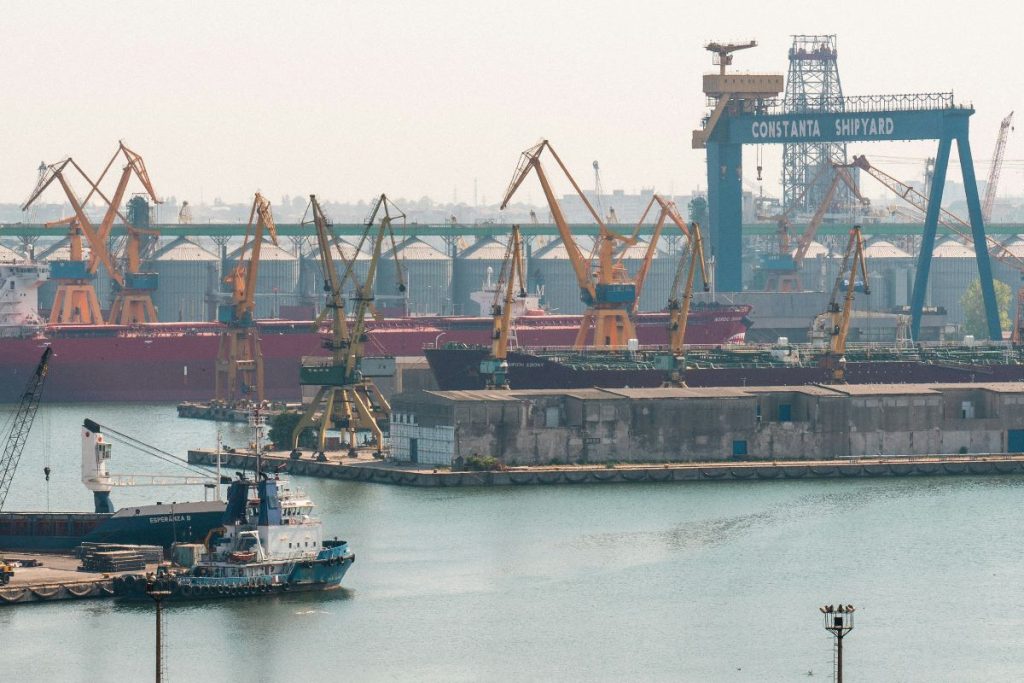U.S. Dockworkers and Port Employers Resume Talks Amid Automation Dispute
Contract negotiations between the International Longshoremen’s Association (ILA) and the U.S. Maritime Alliance (USMX) are set to resume on January 7, with a mid-January deadline fast approaching. The talks are critical to averting a potential strike that could shut down major U.S. East and Gulf Coast ports, which handle nearly half of the nation’s container volumes, according to the American Association of Port Authorities.
Automation at the Heart of the Dispute
The primary sticking point remains the use of semi-automated machinery at port terminals. While a tentative agreement in October included a 62% wage increase over six years, the automation issue was left unresolved. Union President Harold Daggett has firmly opposed any contract permitting automation, citing job security concerns, while the USMX argues that such technology is essential for maintaining port competitiveness.
The impasse over semi-automated, rail-mounted gantry cranes has been a recurring challenge. Although the current contract allows for such equipment, Daggett has vowed to reject any further automation measures. The USMX, however, insists that modernization does not threaten dockworker employment and is vital for the U.S. economy.
Preparing for Potential Supply Chain Disruptions
The stakes are high, with the temporary contract extension set to expire on January 15. Jonathan Gold, vice president of supply chain and customs policy at the National Retail Federation, emphasized the urgency of reaching a deal, stating on January 1 that an extension would be necessary to avoid disruption if no agreement is reached.
The outcome of these negotiations will have significant implications for supply chain leaders. A strike could disrupt container flows, forcing businesses to reroute shipments or face delays. While automation is a contentious issue, it is clear that balancing technological advancements with workforce concerns will be critical for the long-term sustainability of U.S. ports. Supply chain leaders should monitor these developments closely and prepare contingency plans to mitigate potential disruptions.







